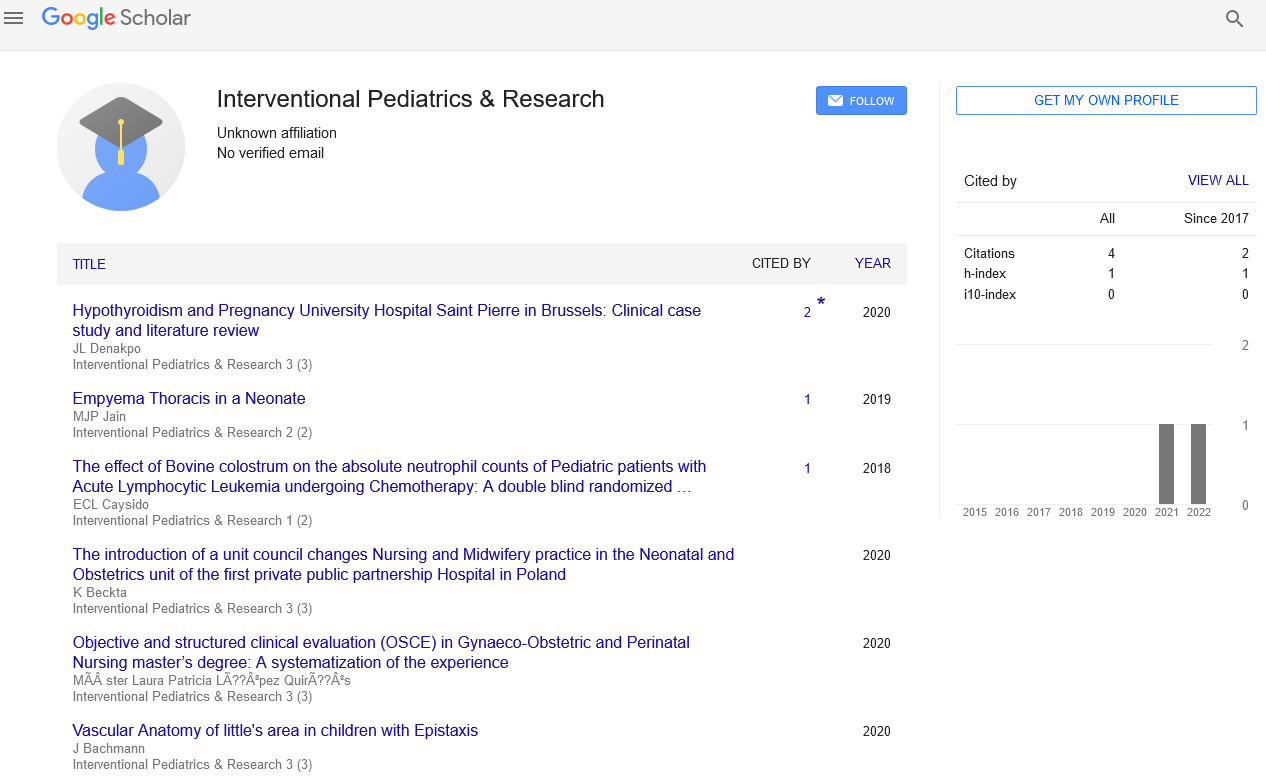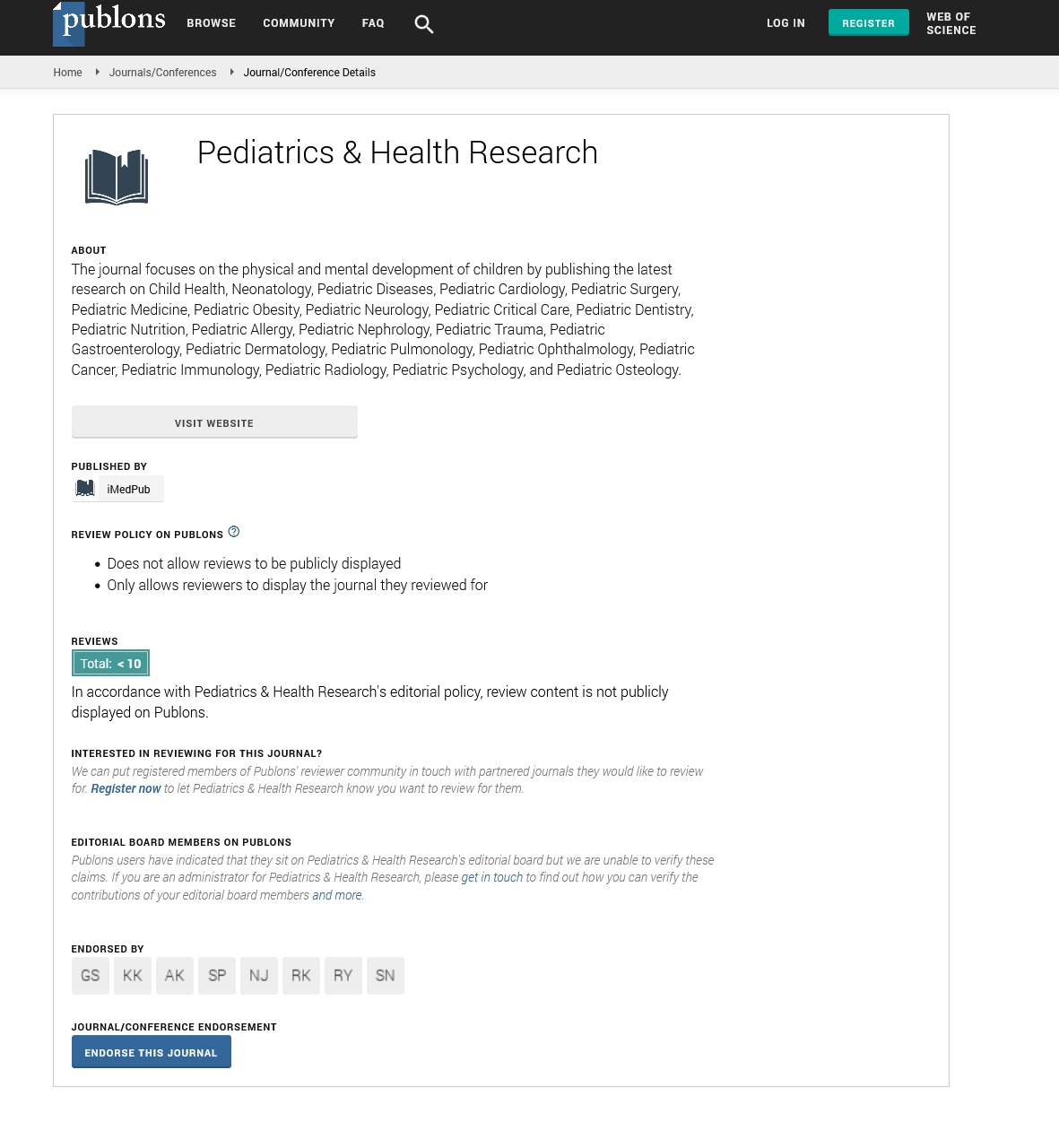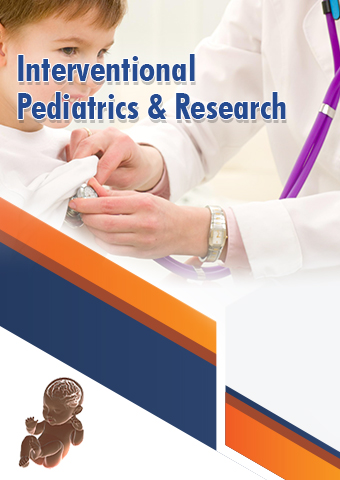Short Article - Interventional Pediatrics & Research (2020) Volume 3, Issue 2
Heart Rate Monitoring in Newborn Babies ĂƒÂƒĂ‚Â¢ĂƒÂ‚Ă¢Â‚Â¬ĂƒÂ‚Ă¢Â€Âœ Challenges and Opportunities
Quentin Hayes
SurePulse Medical Ltd., United Kingdom
Abstract
The aim of this paper is to present a new approach to monitoring heart rate in newborn babies that has the potential to significantly change clinical outcomes for babies needing resuscitation and enhanced support at birth. The technology in addition has the potential to serve as a research platform for future research in this area of critical care
Introduction
10% of new-born babies need enhanced support in the transition from the womb to the outside world, and heart rate (HR) assessment in these first few ‘golden minutes’ of life is critical to the guidance of resuscitation efforts. There is a lack of reliable and timely HR information from existing modes of HR assessment to support optimal new-born transition, particularly in premature and poorly-perfused babies.
HR Monitoring alternatives
A number of new technologies have been, or are being, developed to overcome the limitations of current HR assessment techniques. These include forehead-mounted reflectance photoplethysmography, Bluetooth ECG, the use of camera/video, doppler ultrasound and Bluetooth digital stethoscope.
SurePulse VS utilises PPG and wirelessly delivers accurate and reliable HR information, visible in real-time, to the whole clinical team in the delivery room, supporting optimal care of the new-born baby. The majority of new-born infants make the transition from the intrauterine to extrauterine environment successfully; however, approximately 10% of new-born infants require assistance during this transition. Heart rate (HR) is the most important clinical indicator to evaluate the clinical status of a new-born . HR during the first minutes of life in infants needing resuscitation may be a predictor of early neonatal mortality and moderate to severe brain injury in those who survive. HR at birth has to be assessed as quickly and accurately as possible to guide further interventions such as placental transfusion and effective resuscitation efforts.
There are several established methods of palpation and auscultation to determine HR at birth as recommended by international guidelines: feeling for pulsations at the base of the umbilical cord, feeling the brachial or femoral pulses, and listening to the precordium with a stethoscope. Other methods mentioned in the literature include: electrocardiography, pulse oximetry, Doppler ultrasound, and forehead reflectance photoplethysmography. A review by Phillipos concluded that auscultation is superior to palpation, although neither technique provides an accurate assessment of current HR and both are intermittent.
ECG remains the gold standard to continuously monitor an infant’s HR in the neonatal intensive care unit (NICU) [4]. Potential limitations of ECG include: delay in signal acquisition due to skin cleaning (all infants are wet at delivery) and lead placement as well as skin fragility in extremely premature infants. There is also the potential of pulseless electric activity, which could be interpreted as HR on an ECG, thus potentially delaying resuscitation efforts [5]. Although it is continuous and visible to the whole team, PO has its limitations, including delay in HR display sometimes up to 2 min, which could potentially delay resuscitation efforts [6], and inaccuracy of HR measurements due to motion artefacts or poor tissue perfusion (e.g., hypothermia).
Kevatet. Recognised that even though ECG and PO are both precise, multiple studies have shown that the time elapsed from birth to successful establishment of HR display using these devices often exceeds 1–2 min. Nevertheless, rapid, reliable, and accurate HR detection and monitoring is a critical indicator of the clinical status of a new-born at delivery or in the NICU. These monitors are specially designed to watch oxygen saturation, respiration, pulse or pulse of at-risk children of all age groups and have found wide acceptance in hospitals, during transport or at home, including in the care for preterm infants and small children. Apnoea monitors are extremely sensitive alarms which monitor the breathing of a baby. Small sensors, connected to a monitoring device, are attached to the baby’s chest. If the baby stops breathing for a certain period of time, an alarm is triggered. Ideally, monitors combine apnoea alarms with heart rate- and oxygen saturation-alarms in order that the amount of false alarms can drastically be reduced.
These monitors also can help parents keeping an eye fixed on their child when travelling range in a seat after discharge, during the primary days and weeks reception or in situations where intensive supervision and care are of high importance. The monitors can be used in a wide range of applications. Inducements for home monitoring may include among others: SIDS-Siblings (Sudden Infant Death Syndrome siblings) Preterm infants, born before 33rd week of pregnancy Low-birth-weight infants Babies after ALTE (Apparent Life Threatening Event) Babies with instable respiration or threatening arrhythmias Preterm infants with significant apneas at the time of hospital discharge or needing oxygen reception Infants with tracheostoma Children with artificial respiration Children with conspicuous polysomnogram Children with drug addicted parents Some babies should need additional oxygen to support breathing and growth. If a baby’s lung is not working sufficiently, for example because of earlier breathing difficulties or a chronic lung disease, the health care team prescribes oxygen for home use which useful.
Before discharge, parents are instructed in anything they have to understand about oxygen supply reception . The health care team makes sure that oldsters are comfortable with securing the tubes for instance before they take their baby home. The pediatrician or neonatologist informs parents on how long their baby will need oxygen and observes the progress of the baby after discharge. The healthcare team also explains the quantity of oxygen required and the way parents can recognize signals showing that their child needs more oxygen. They also explain the way to handle oxygen during daily care routines like bathing, the way to use portable oxygen when going outside, and what to require into consideration when they would like to travel. It was an observational study conducted in the delivery room on vigorous term babies.
Conclusion
New technologies provide new possibilities in vital signs monitoring at birth and should enhance the evidence-based evaluation of changing practice in the delivery room. Opportunities include optimization of ventilation, delayed cord clamping, umbilical cord milking, and motherand-baby bonding (skin-to-skin care).


